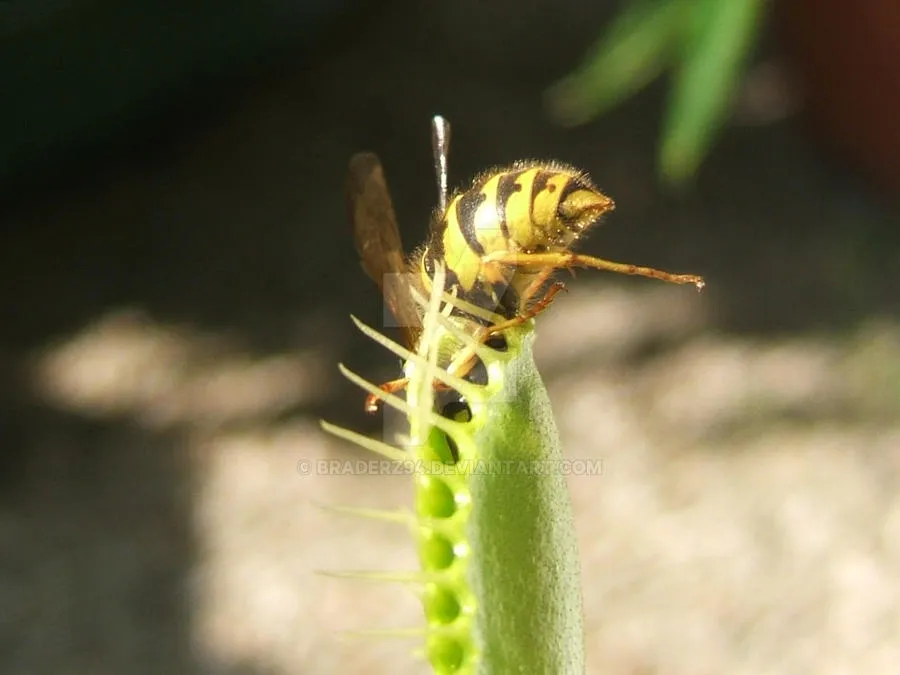Venus Flytrap vs Tarantula The Epic Showdown
The natural world is full of fascinating interactions, and few are as captivating as the potential clash between a Venus flytrap and a tarantula. This scenario isn’t a common occurrence in the wild, but the thought experiment of these two predators facing off sparks curiosity and wonder. This article delves into a hypothetical showdown, examining the key characteristics of both creatures and presenting five intriguing facts that highlight the potential dynamics of this epic battle. Prepare to explore the worlds of carnivorous plants and formidable arachnids as we dissect the strengths and weaknesses of these two remarkable species. This exploration blends natural history with a touch of speculation, providing an engaging look at the diverse strategies employed by life on Earth.
Fact 1 The Hunter and the Hunted
The core dynamic of this potential encounter revolves around the roles of hunter and hunted. The Venus flytrap, a carnivorous plant, is an ambush predator, designed to capture insects and small invertebrates. On the other hand, the tarantula, a large spider, is also a predator, but its targets are typically larger insects, other spiders, and even small vertebrates. Understanding these roles provides a baseline for analyzing their potential interactions. The question isn’t just about survival; it’s about how each species has evolved to thrive in its environment, and the skills and adaptations that make them successful hunters.
The Venus Flytrap’s Trapping Mechanism
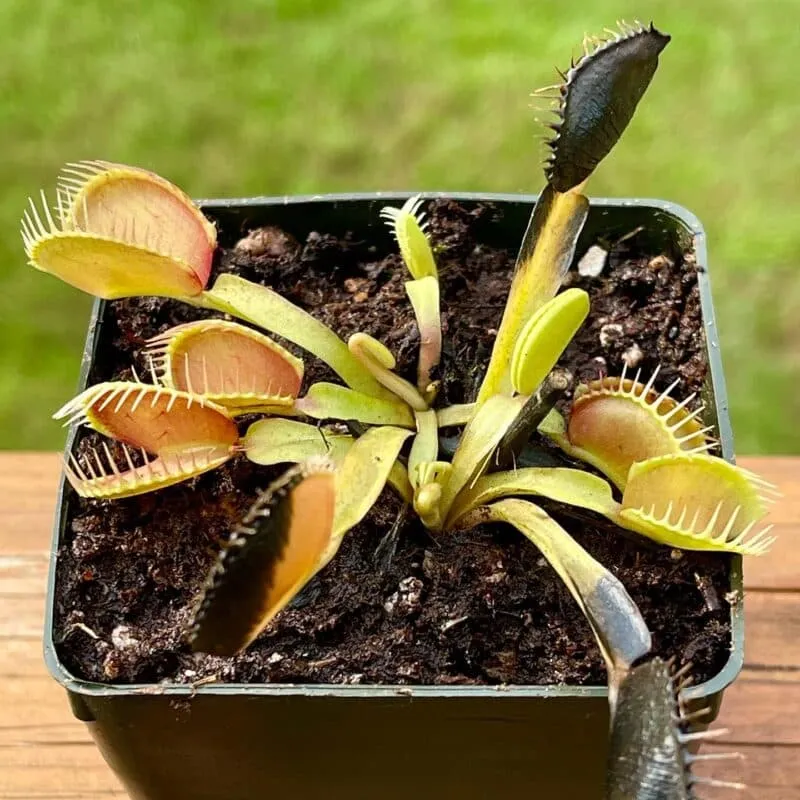
The Venus flytrap’s trapping mechanism is a marvel of natural engineering. The plant’s leaves are modified into hinged traps, lined with trigger hairs. When an insect brushes against these hairs in quick succession, the trap snaps shut. This process is remarkably fast, often happening in a fraction of a second. The trap then seals tightly, and the plant secretes digestive enzymes to break down the prey. This entire process is a testament to the plant’s ability to adapt to nutrient-poor environments by obtaining sustenance from captured insects. The efficiency and speed of the trap are crucial to its survival, as it must capture prey quickly to maximize its energy intake.
The Tarantula’s Predatory Prowess
Tarantulas are formidable predators with a range of adaptations that make them successful hunters. Their large size, hairy bodies, and venomous fangs are all part of their predatory arsenal. They rely on stealth and speed to ambush their prey. They also have strong chelicerae (mouthparts) equipped with fangs that inject venom to immobilize their victims. This venom helps in both subduing the prey and beginning the digestive process. Tarantulas also possess sensory hairs that detect vibrations, allowing them to sense the movement of potential prey. Their predatory prowess is a result of millions of years of evolution, resulting in a finely tuned hunting machine.
Fact 2 Size Matters
The size difference between a Venus flytrap and a tarantula plays a crucial role in determining the outcome of a potential encounter. While Venus flytraps are relatively small, with traps typically measuring no more than an inch across, tarantulas can be significantly larger, with some species having leg spans of up to 10 inches or more. This size disparity immediately tilts the balance in favor of the tarantula, as it is unlikely that even a large Venus flytrap could effectively trap and hold a tarantula of any substantial size. The size difference determines the potential effectiveness of attack and defense strategies.
Venus Flytrap Size
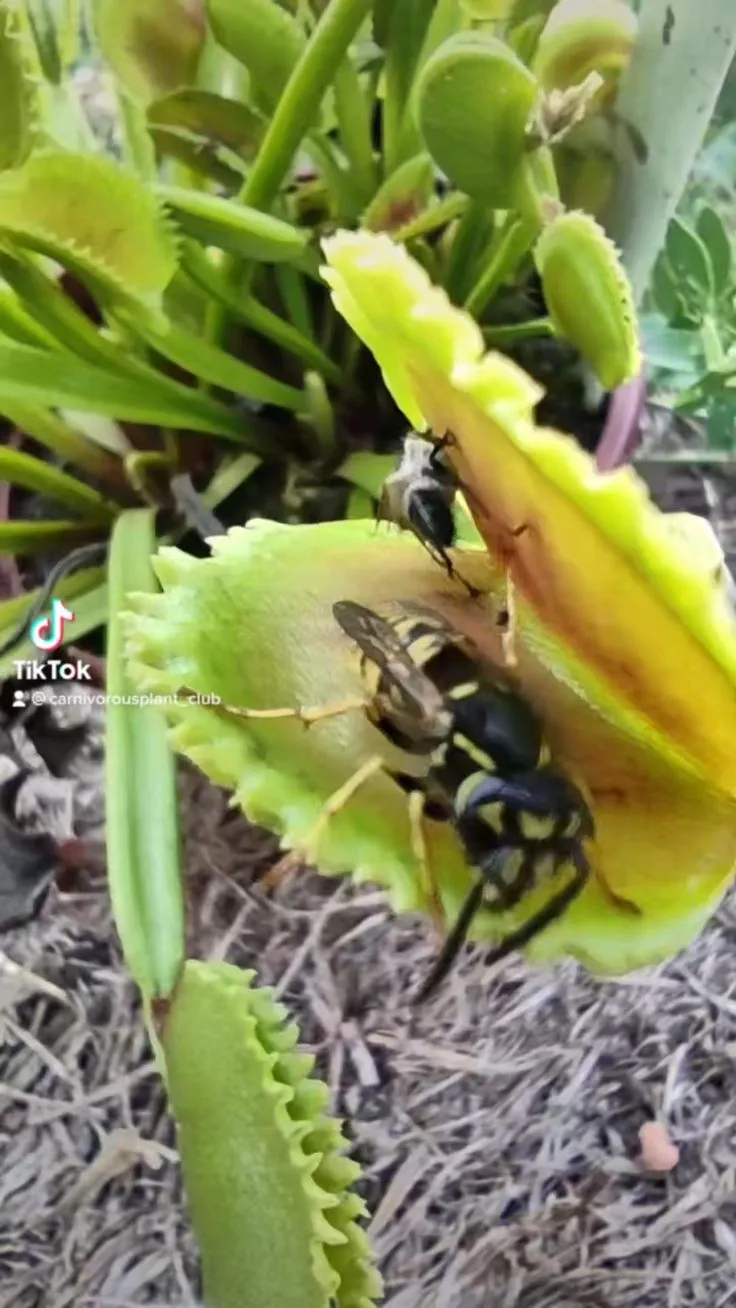
Venus flytraps are comparatively small plants, usually only a few inches in diameter. Their traps, which are modified leaves, are the primary hunting tools. The size of the trap dictates the size of the prey the plant can capture. They are limited to trapping insects and small invertebrates. Even though they are efficient hunters for their size, the limited capacity of the traps puts them at a disadvantage when faced with a larger predator, such as a tarantula. Their size makes them vulnerable to being overlooked or simply avoided by larger creatures.
Tarantula Size
Tarantulas are large spiders, and their size is a significant advantage in the natural world. Their leg spans can reach impressive dimensions, giving them a considerable reach and strength. Their size allows them to hunt a wide range of prey, from large insects to small vertebrates. This substantial size gives them a great degree of protection from many potential predators. In a hypothetical encounter with a Venus flytrap, the tarantula’s size would make it nearly impossible for the plant to effectively ensnare or harm it. The tarantula’s size is a key factor in the power dynamic between the two.
Fact 3 Location, Location, Location
The habitats of Venus flytraps and tarantulas differ greatly, which makes a direct encounter unlikely. Venus flytraps are native to a specific region of the United States, primarily in North Carolina and South Carolina. They thrive in nutrient-poor, boggy environments. Tarantulas, on the other hand, are found in a wide variety of habitats around the world, including deserts, grasslands, and tropical forests. Even if they were to overlap in some area, the environmental conditions each needs to survive would make a direct encounter uncommon. Their environmental needs and geographical distribution create a natural barrier.
Venus Flytrap Habitat

Venus flytraps are highly specialized plants, and their habitat requirements are quite specific. They grow in nutrient-poor, acidic soil, typically in bogs and swamps. These environments provide the conditions they need, including ample sunlight and a moist environment. The limited distribution of Venus flytraps to certain parts of the southeastern United States greatly reduces the chance of an encounter with tarantulas. The unique conditions also mean that other creatures that exist here, are specifically adapted to their survival.
Tarantula Habitat
Tarantulas are more adaptable than Venus flytraps, and their habitats are quite diverse. They can be found in various environments, from deserts and grasslands to tropical forests. This wide distribution is part of the reason for their success. They construct burrows or use existing shelters, depending on the species and location. This adaptability means they are less restricted by specific environmental factors than a plant like the Venus flytrap. Tarantulas being widely spread reduce the probability of a direct meeting with the Venus flytrap.
Fact 4 Nutritional Needs
The nutritional strategies of Venus flytraps and tarantulas are fundamentally different. Venus flytraps obtain nutrients from insects to supplement the nutrients they can’t get from their poor soils. Tarantulas, as predators, consume a wide variety of prey to obtain their necessary nutrients. Understanding these needs sheds light on their feeding habits and potential interactions. The differing nutritional strategies provide insights into how these creatures have adapted to their particular environments.
Venus Flytrap Diet
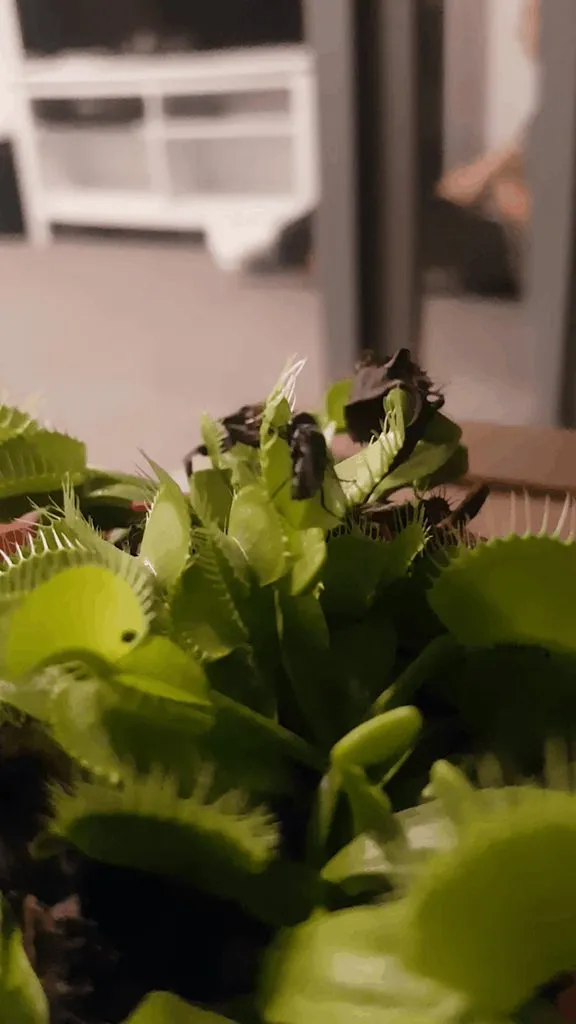
The Venus flytrap diet is restricted to insects and small invertebrates. They primarily target insects that are attracted to the plant’s sweet nectar and visual cues. The traps are triggered by movement and the insect is captured. The plant then secretes digestive enzymes to break down the prey and absorb the nutrients. This dietary strategy allows the Venus flytrap to thrive in nutrient-poor environments where other plants struggle to survive. The diet also provides the plant with essential nutrients like nitrogen and phosphorus.
Tarantula Diet
Tarantulas are opportunistic predators with a diverse diet. They will eat almost anything they can subdue, including insects, other spiders, and even small vertebrates like lizards and mice. Their diet varies depending on their size, species, and habitat. They typically inject venom to immobilize their prey and then use digestive enzymes to break it down. The tarantula’s broad dietary habits allow it to survive in a range of different environments and adapt to changing food availability. The ease of finding food helps in the survival of tarantulas.
Fact 5 The Ultimate Winner
Considering the factors discussed, it is highly probable that the tarantula would be the victor in a Venus flytrap vs. tarantula showdown. The tarantula’s size, predatory prowess, and ability to avoid the Venus flytrap’s trapping mechanism make it the clear favorite. The outcome is largely determined by the physical limitations of the Venus flytrap and the superior adaptations of the tarantula. This is a result of the tarantula’s characteristics. However, this scenario is purely hypothetical, as they rarely meet. The real world is full of such complex interactions.
Analyzing the Showdown
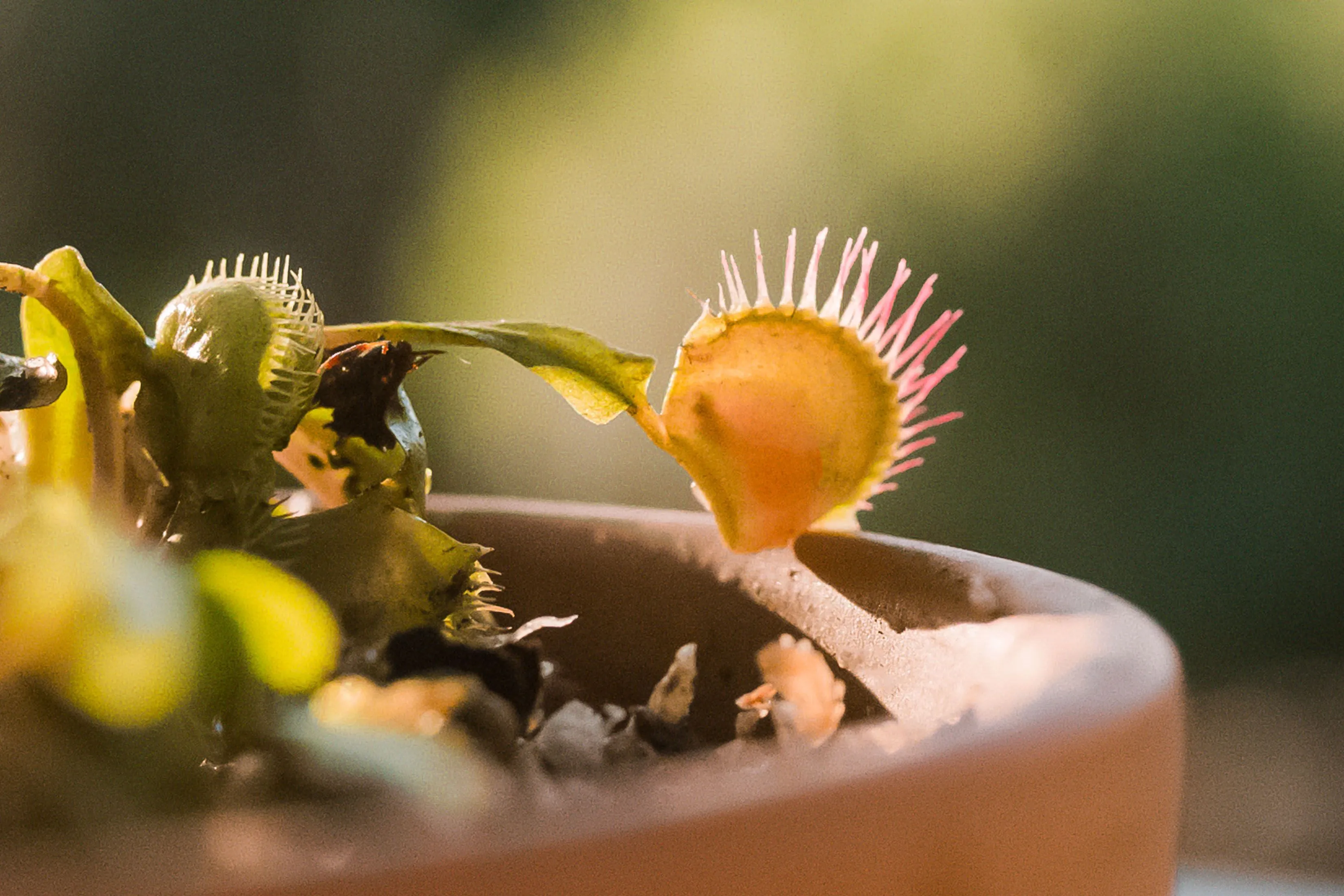
In a hypothetical scenario, the tarantula’s size and strength provide it with a significant advantage. A tarantula could easily avoid being trapped by a Venus flytrap, and even if it were partially ensnared, its size and strength would allow it to escape or simply overpower the plant. The tarantula’s venom could incapacitate or even kill the Venus flytrap. This is more of a curiosity and thought experiment that makes us think about the interaction of various species. While a direct meeting is rare, the thought exercise provides an excellent opportunity to consider the strengths and weaknesses of each creature.
Conclusion
While the idea of a Venus flytrap versus a tarantula is a fascinating thought experiment, the reality is that such a confrontation is highly unlikely. The distinct habitats, size differences, and predatory strategies of these two creatures mean they rarely, if ever, cross paths in nature. This hypothetical scenario serves as an engaging way to learn about the unique adaptations of both the Venus flytrap and the tarantula, showcasing the amazing diversity and complexity of the natural world. The study of the natural world always gives us something amazing to learn. The idea of a fight brings to mind the incredible adaptations that both creatures have developed for survival.
